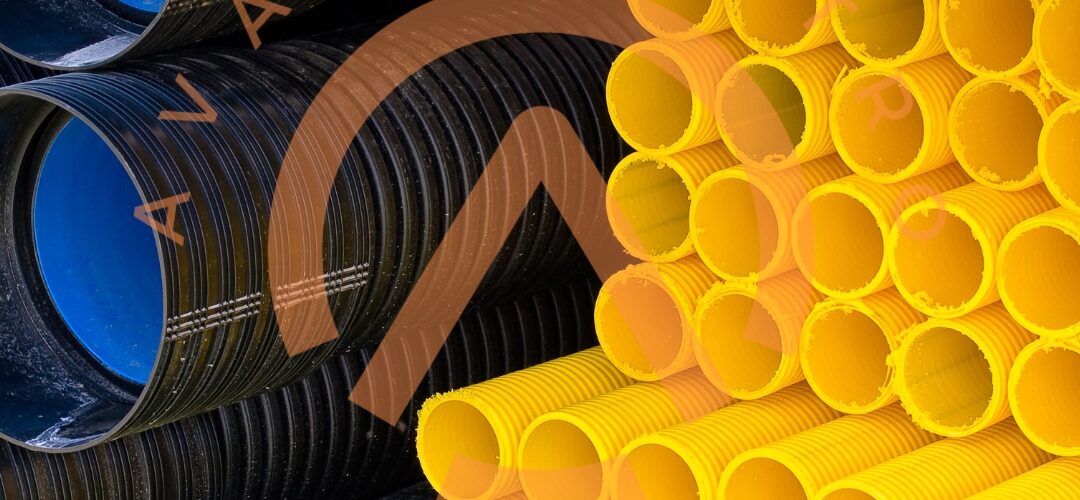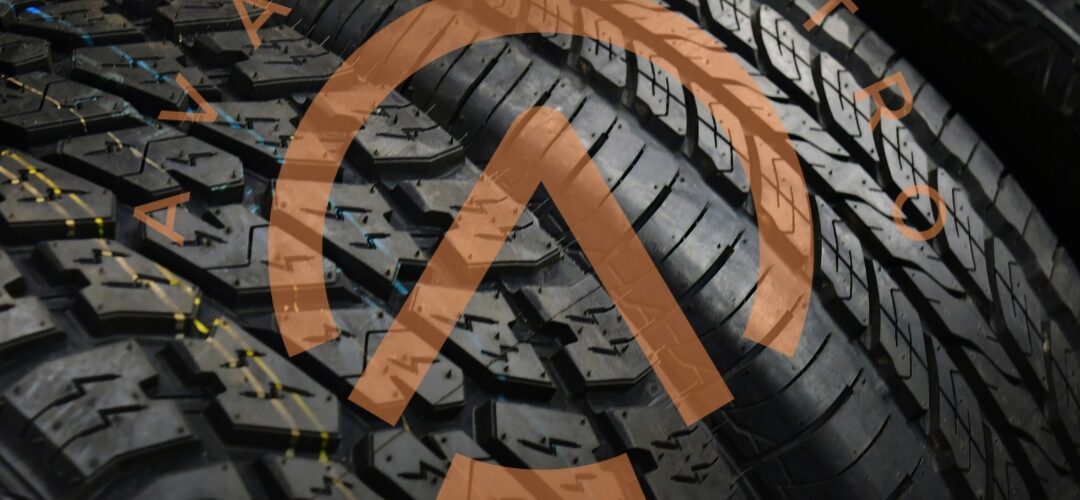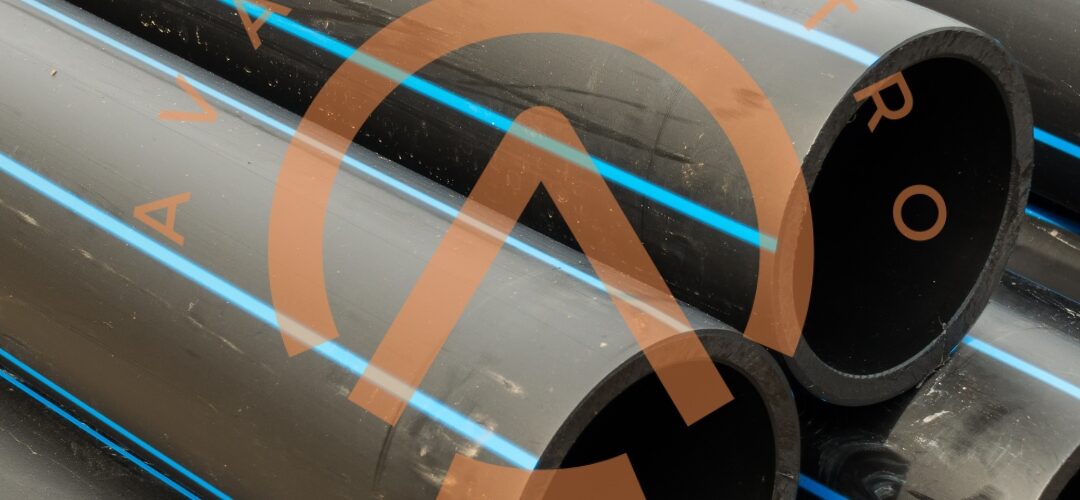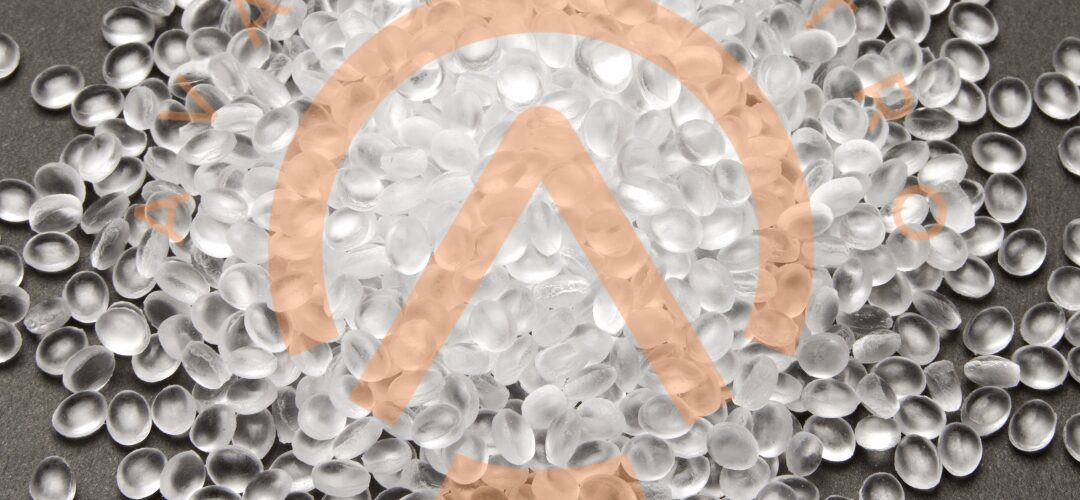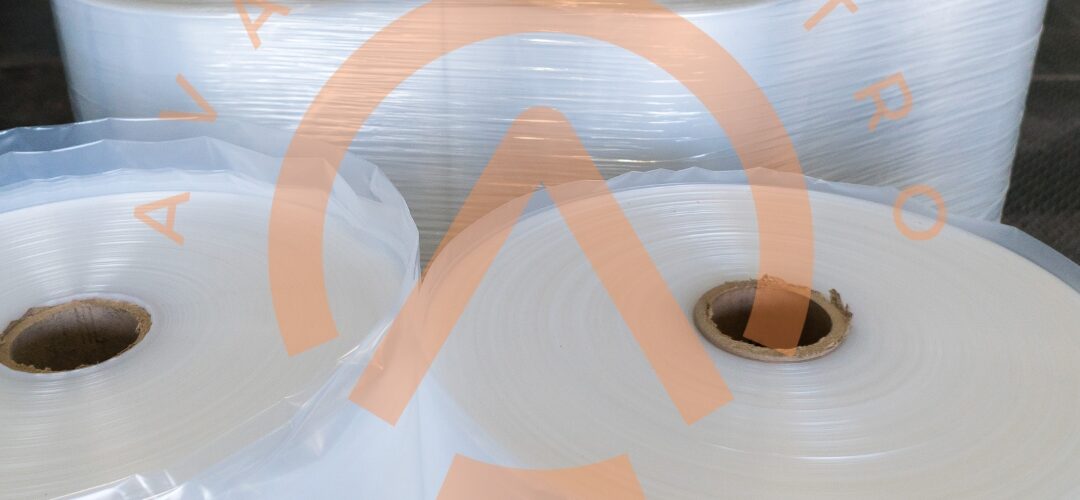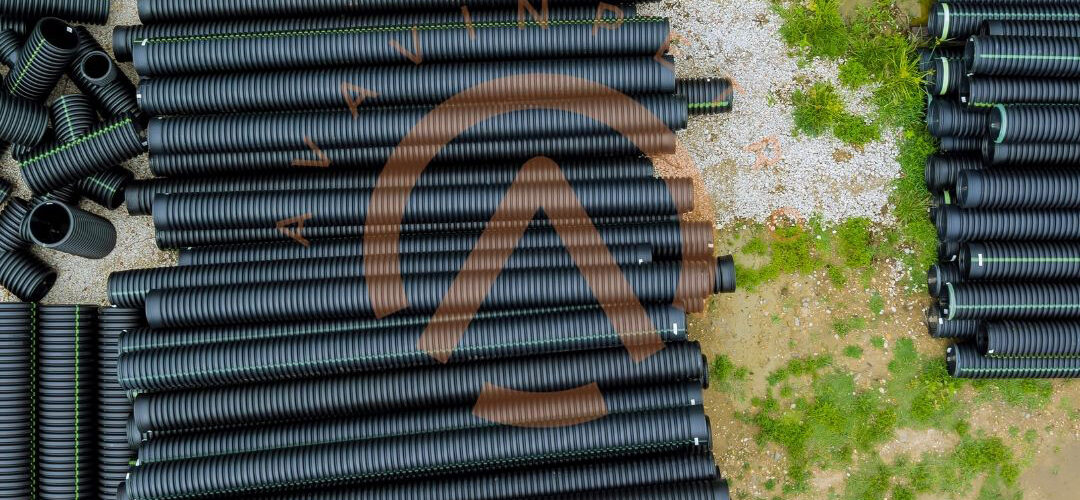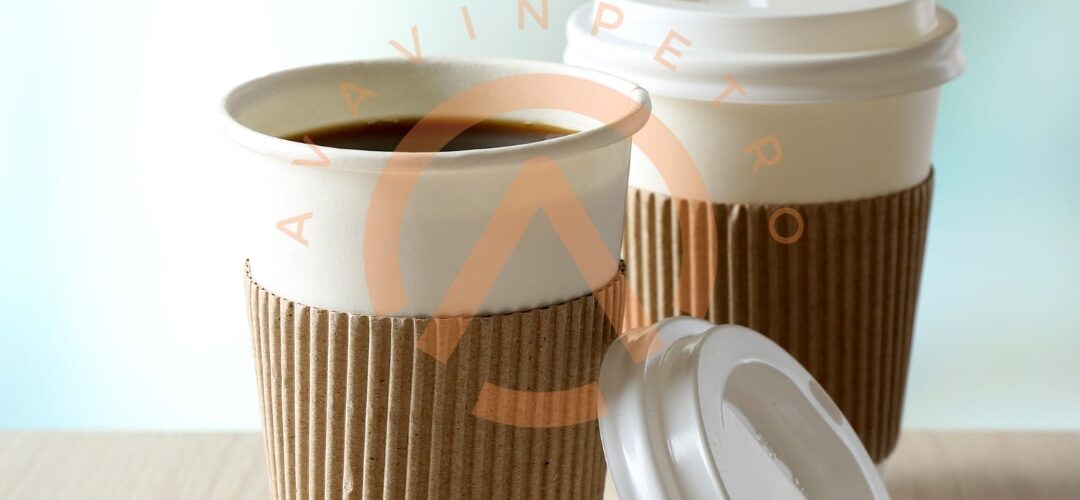Which Plastics are Suitable for Pipe Production?
Introduction
In the world of modern engineering, plastic pipes have become a staple for a wide range of applications due to their versatility, cost-effectiveness, and lightweight nature. With numerous plastic options available, it can be challenging to determine which ones are best suited for pipe production. This comprehensive guide aims to shed light on the most suitable plastics for pipe manufacturing. We’ll explore the properties, advantages, and applications of different plastics, providing valuable insights and expert recommendations.
1. Understanding the Importance of Choosing the Right Plastic
To ensure the success and longevity of pipe systems, selecting the appropriate plastic material is crucial. Different plastics offer varying degrees of strength, chemical resistance, flexibility, and durability, which makes choosing the right material essential for the intended application.
2. Polyvinyl Chloride (PVC) Pipes
PVC pipes are one of the most commonly used plastics for pipe production. Their popularity is due to their outstanding chemical resistance, excellent durability, and affordability. These pipes find applications in water supply, irrigation, drainage systems, and more.
3. High-Density Polyethylene (HDPE) Pipes
HDPE pipes are renowned for their exceptional strength, impact resistance, and flexibility. They are well-suited for underground applications, such as sewage systems and gas distribution, and are highly resistant to corrosion.
4. Polypropylene (PP) Pipes
PP pipes are known for their excellent heat resistance, making them suitable for hot water distribution and industrial applications. They are lightweight, easy to install, and possess good chemical resistance.
5. Chlorinated Polyvinyl Chloride (CPVC) Pipes
CPVC pipes are a variation of PVC pipes that have been chlorinated for increased heat resistance. They are ideal for hot water transportation and are commonly used in residential and commercial plumbing.
6. Cross-Linked Polyethylene (PEX) Pipes
PEX pipes are highly flexible, making them perfect for plumbing systems in tight spaces. They are also corrosion-resistant, making them an excellent choice for indoor water supply systems.
7. Polyethylene (PE) Pipes
PE pipes come in various types, including low-density polyethylene (LDPE) and medium-density polyethylene (MDPE). They are suitable for agricultural irrigation, gas distribution, and wastewater management.
8. Acrylonitrile Butadiene Styrene (ABS) Pipes
ABS pipes are known for their high impact strength and excellent chemical resistance. They find applications in drain, waste, and vent (DWV) systems and are particularly common in residential plumbing.
9. Polytetrafluoroethylene (PTFE) Pipes
PTFE pipes have exceptional chemical resistance and are used in highly corrosive environments. They are commonly employed in chemical processing plants and semiconductor manufacturing.
10. Polyvinylidene Fluoride (PVDF) Pipes
PVDF pipes have excellent mechanical properties and chemical resistance, making them suitable for industrial applications involving corrosive fluids and gases.
11. Polybutylene (PB) Pipes
PB pipes offer good flexibility and resistance to freezing, making them a viable option for cold water plumbing and radiant heating systems.
12. Polycarbonate (PC) Pipes
PC pipes are known for their optical clarity and impact resistance. They are used in applications where transparency and toughness are required, such as sight glasses and aquariums.
13. Polyethylene Terephthalate (PET) Pipes
PET pipes are commonly used in the food and beverage industry for beverage dispensing systems due to their excellent hygiene properties and resistance to chemical leaching.
14. Polyvinyl Chloride Chlorinated (PVCC) Pipes
PVCC pipes offer increased chemical resistance compared to regular PVC pipes, making them suitable for industrial applications where corrosive chemicals are involved.
15. Nylon (Polyamide) Pipes
Nylon pipes have high mechanical strength and are often used in applications requiring abrasion resistance, such as pneumatic systems and hydraulic hoses.
16. Choosing the Right Plastic for Specific Applications
Different pipe materials excel in specific applications. Let’s explore some common scenarios and the most suitable plastics for each:
16.1 Water Supply Systems
For water supply systems, PVC, HDPE, and PEX pipes are popular choices due to their chemical resistance and long-term durability.
16.2 Drainage and Sewage Systems
HDPE, PVC, and ABS pipes are commonly used in drainage and sewage systems for their corrosion resistance and ability to handle high flow rates.
16.3 Gas Distribution
HDPE and MDPE pipes are widely used for gas distribution due to their exceptional strength and resistance to natural gas and other gases.
16.4 Industrial Chemical Transport
PVDF, PTFE, and PVC pipes are the top contenders for transporting corrosive chemicals in industrial settings.
16.5 Plumbing in Residential and Commercial Buildings
For plumbing in buildings, CPVC, PEX, and PVC pipes are frequently used due to their ease of installation and resistance to high temperatures.
17. Environmental Impact of Plastic Pipes
As the world becomes more environmentally conscious, understanding the environmental impact of plastic pipes is crucial. Recycling, responsible disposal, and using eco-friendly plastics are essential steps to mitigate environmental consequences.
18. Frequently Asked Questions (FAQs)
Q: Are plastic pipes suitable for high-pressure applications?
A: Yes, some plastics like PVC and HDPE are specifically designed to handle high-pressure applications, making them suitable for various industrial uses.
Q: Can plastic pipes be used for transporting drinking water?
A: Absolutely. Many plastic pipes, like PVC, HDPE, and PEX, are approved for potable water transportation, ensuring safety and reliability.
Q: How long do plastic pipes last?
A: The lifespan of plastic pipes varies depending on the material and application. On average, they can last anywhere from 50 to 100 years.
Q: Can plastic pipes be used for outdoor applications?
A: Yes, many plastics, such as HDPE and PVC, are highly UV-resistant and can withstand outdoor exposure.
Q: What are the limitations of using plastic pipes?
A: While plastic pipes have numerous advantages, they may not be suitable for extremely high-temperature applications or situations where fire resistance is critical.
Q: Are plastic pipes cost-effective?
A: Yes, plastic pipes are generally more cost-effective than traditional metal pipes, making them a popular choice in various industries.
19. Conclusion
Choosing the right plastic material for pipe production is essential for ensuring the longevity, efficiency, and safety of the pipe systems. Each plastic type comes with its unique advantages, making it suitable for specific applications. Whether it’s PVC for water supply, HDPE for sewage systems, or PEX for plumbing, understanding the properties and applications of different plastics is crucial for making informed decisions.
By considering the requirements of your specific project, environmental impact, and compliance with regulations, you can confidently select the most suitable plastics for pipe production

